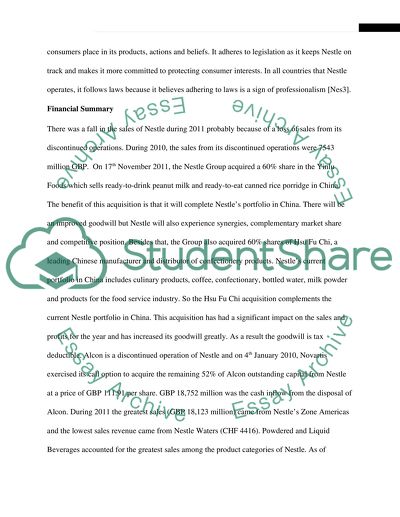Cite this document
(“Marketing essentials: case study of Nestle Essay”, n.d.)
Retrieved from https://studentshare.org/marketing/1396588-marketing-essentials-case-study-of-nestle
Retrieved from https://studentshare.org/marketing/1396588-marketing-essentials-case-study-of-nestle
(Marketing Essentials: Case Study of Nestle Essay)
https://studentshare.org/marketing/1396588-marketing-essentials-case-study-of-nestle.
https://studentshare.org/marketing/1396588-marketing-essentials-case-study-of-nestle.
“Marketing Essentials: Case Study of Nestle Essay”, n.d. https://studentshare.org/marketing/1396588-marketing-essentials-case-study-of-nestle.


